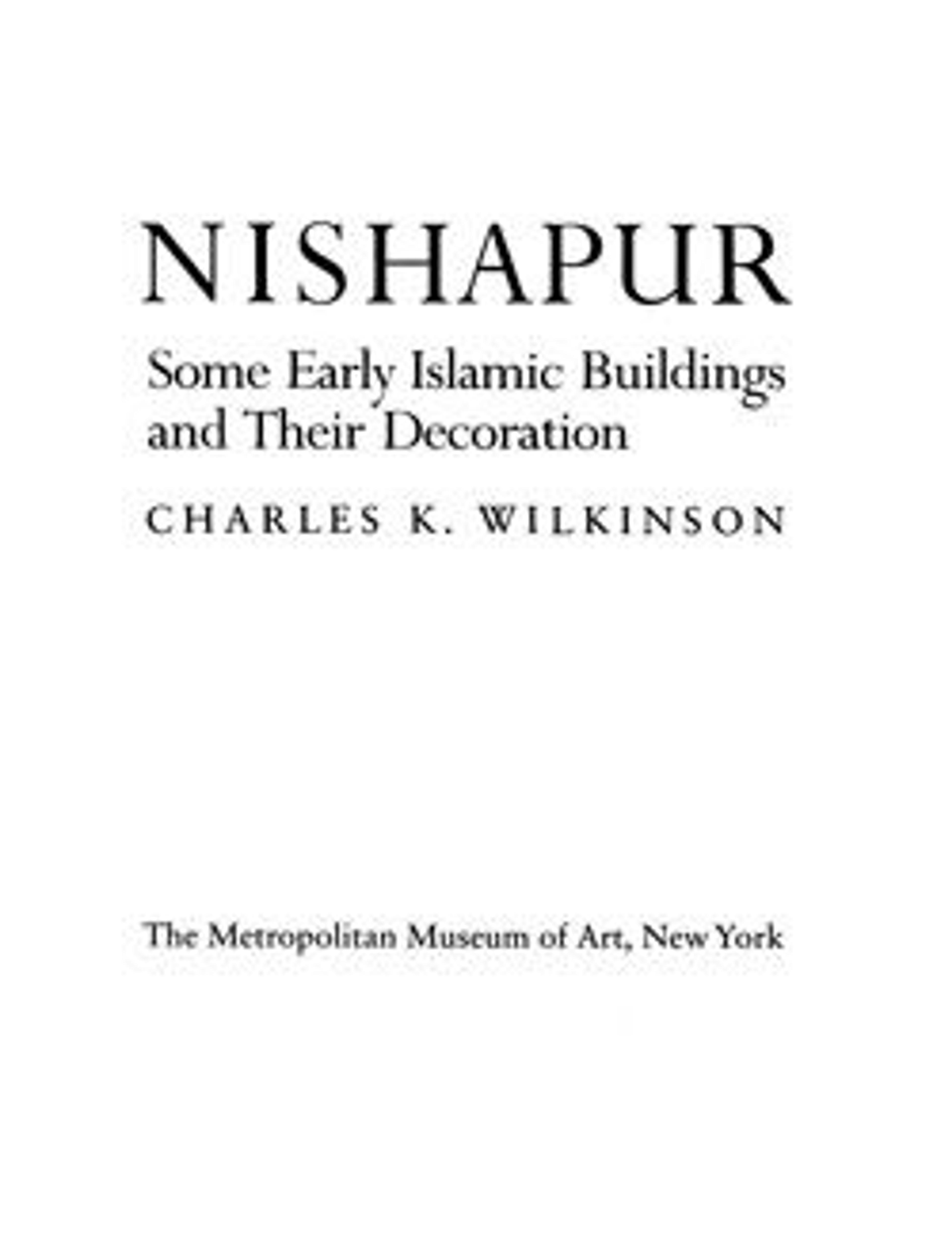Dado Panel
This cast was taken from a square panel excavated at Nishapur from a mound known as Sabz Pushan (the Green Covered). Excavations at Sabz Pushan revealed part of a residential neighborhood with several houses and an alleyway. This piece was found in an iwan, or covered room opening onto a courtyard, richly decorated with carved panels and wall paintings. This iwan may have been part of a private house, but the presence of a mihrab (prayer niche) suggests it could have also served as a small neighborhood mosque. Other carved panels found in the same iwan include MMA 37.40.40, 37.40.43, 37.40.45 and 37.40.46.
As is evident from its slender shape, this panel was made to cover a thin section of wall between two corners. One of the striking aspects of Nishapur’s architectural ornament is the manner in which panels were carved by hand to fit into quite irregular spaces. Such work required significant ingenuity and creativity from the designers and carvers.
As is evident from its slender shape, this panel was made to cover a thin section of wall between two corners. One of the striking aspects of Nishapur’s architectural ornament is the manner in which panels were carved by hand to fit into quite irregular spaces. Such work required significant ingenuity and creativity from the designers and carvers.
Artwork Details
- Title:Dado Panel
- Date:20th century
- Geography:Excavated in Iran, Nishapur
- Medium:Plaster; cast
- Dimensions:H. 33 1/2 in. (85.1 cm)
W. 10 1/2 in. (26.7 cm)
D. 2 1/2 in. (6.4 cm)
Wt. 23 lbs. (10.4 kg) - Classification:Reproductions
- Credit Line:Rogers Fund, 1937
- Object Number:37.40.47
- Curatorial Department: Islamic Art
More Artwork
Research Resources
The Met provides unparalleled resources for research and welcomes an international community of students and scholars. The Met's Open Access API is where creators and researchers can connect to the The Met collection. Open Access data and public domain images are available for unrestricted commercial and noncommercial use without permission or fee.
To request images under copyright and other restrictions, please use this Image Request form.
Feedback
We continue to research and examine historical and cultural context for objects in The Met collection. If you have comments or questions about this object record, please contact us using the form below. The Museum looks forward to receiving your comments.
